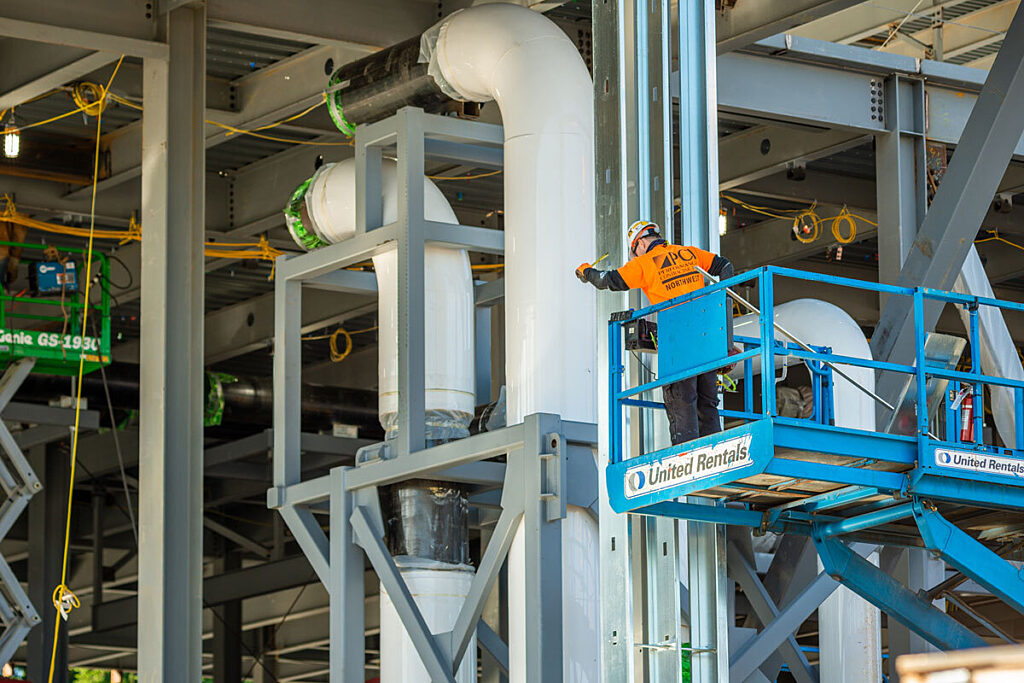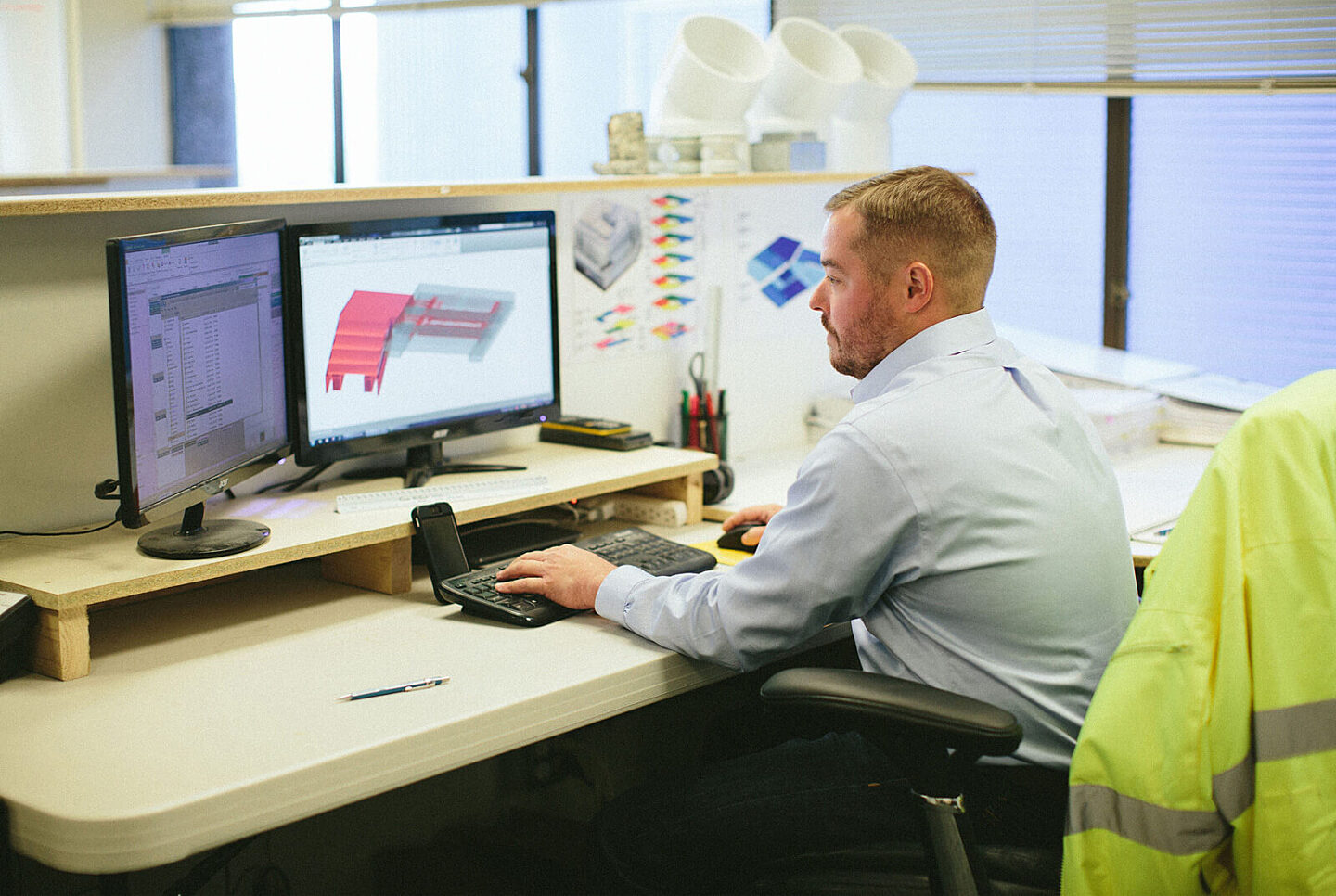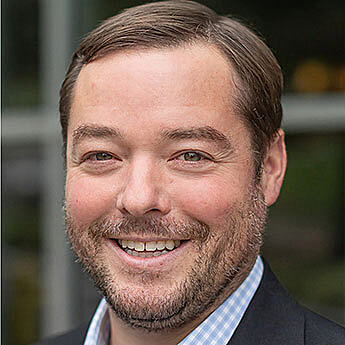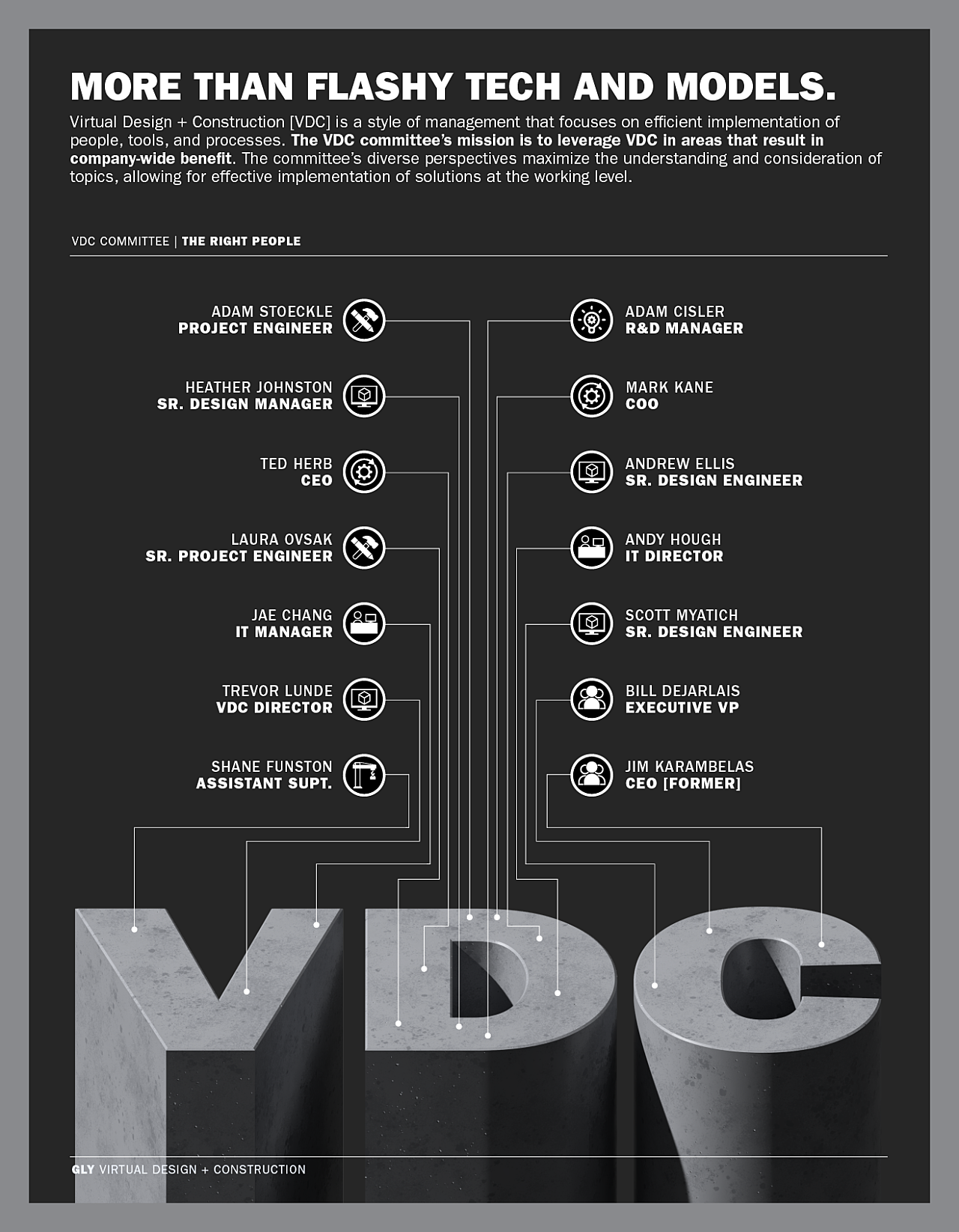Collaborative Delivery

Insights 06.14.2022
Design-Assist: It’s a Team Sport
Adam shares the benefits of early engineer and trade partner involvement on cost, quality, and schedule.
Read More


You've heard the promises. Virtual Design and Construction [VDC] will make your projects predictable and low risk. You'll hit every metric and design goal through better teaming and decision-making.
But how often does this really happen in our industry? Sometimes VDC is nothing but flashy visuals and questionable claims, not fully thought through or integrated, resulting in limited benefits.
At GLY, our goal is to leverage VDC to truly achieve its promises, consistently, and with better outcomes for every client. We’ve been improving our VDC and project delivery approach with this mindset since 1996, and since 2011 our VDC Committee has led this effort.
Today, I believe we're a market leader in VDC. We've implemented VDC as a companywide management style, integrated at the project level. The committee is a big reason for our success. I'd like to share why.
The VDC Committee's mission is pretty broad: Be thought leaders and implementers, think through how VDC can and should integrate into every project, carefully study new tools, define company standards and processes, and train the staff. Make it all work.
VDC isn't just technology, colorful automations, or models. It’s a style of management that focuses on people, tools, and processes that are aimed at the right things.
Much like VDC itself, our committee needed to be approached the right way, with the right people, culture, focus, and follow through.

We're a diverse group because the committee needs to understand every topic and consider it from all sides, with diverse perspectives, then implement solutions at a working level. We can't just be excited early adopters with similar titles and passions. So, we include information technology [IT], a superintendent, rotating field personnel, company executives, project management, and project engineers in addition to VDC representatives. Some of us bring architectural backgrounds, which helps bridge the languages of design, construction, and field implementation.
IT is often forgotten in the VDC world. But that's how we move quickly to support the tech and software VDC requires. Additionally, a field perspective is crucial because tools need to be effective for the hands-on builders.
The culture of the committee mixes enthusiasm, open-mindedness, inclusivity, and flexibility. This allows us to actually hear those diverse perspectives while sharing a common mission. We're rigid in mission, yet flexible to evolve and respond to constant digital transformation and innovation. Fundamentally, we reflect GLY's company culture of learning, questioning, and investing in each other.
I asked the members to describe our culture and got great responses. Some of these:
“Make it all work, together” resonates with our committee at every level. Our collective knowledge will always shine brighter than any individual contribution.

VDC matters because it can help us build projects better. The committee thinks about design optimization and construction workflows first, and tech second. "We don't just focus on tools; we focus on solutions," said Heather Johnson, Sr. Design Manager.
No one has time to entertain “cool.” The committee keeps us at the cutting edge, while prioritizing the value it brings to the building process and to the people doing the work in the field.
That's not to say tech isn't central, pointed out Sr. Design Engineer Andrew Ellis: "Leveraging technology is a necessity to a successful project outcome. VDC tools, particularly the use of the model, have become increasingly necessary to ensure that a building’s design intent is understood, validated, and successfully executed."
We do what we say we'll do. This is essential for obvious reasons. Every year we attack a long list of initiatives, always with a thorough, considered process to vet, develop, and implement each idea or product.
It's a well-tuned system. It begins with the end in mind. Every initiative is goal-oriented and focused on a specific need or specific deliverable, focused on the demands of our industry, our partners, and our clients.
The reason is we're both passionate and accountable. We're all busy but we make time. The committee can also break into sub-groups and call in coworkers as needed, always circling back to the whole group.
Our greatest success is how VDC integrates throughout every project and benefits every client. But I'd like to share some of the more recent individual accomplishments along the way.
Training. Revit is a core competency of every GLY project engineer, including our standards and practices. So, we developed and deployed our own comprehensive training program, which has evolved to support the design and construction process. Now PEs model their own scopes, and many field supervisors use it as well. The individuals with the most knowledge of a specific scope of work coordinate and execute that work from virtual representation to actual physical building in the field.
VDC Process Map. This is a powerful evolving tool that illustrates VDC involvement through a project's life cycle in a visual way. VDC has many paths of influence and we're always chasing new and exciting opportunities. The Process Map keeps us grounded on a consistent foundation from which to build as we're flexible to the needs of each team, client, and project.
Execution Planning. We talk about Execution Planning, not “BIM Execution Planning"! Our planning covers the basics of VDC—People, Tools, and Processes—at the project level, with documentation. This is our opportunity to set the team up for success through understanding how we are structured, agreed upon standards of practice, and expectations.
Work Package Standardization. A work package is a focused set of information looking at a specific assembly of work. The product is a mix of written and visual 2D, 3D, and 4D sequencing content, both in print and digital. It's limitless in its ability to engage the process of coordination and execution of work. We've standardized the process and content for a big boost in efficiency.
VDC is first and foremost about people. This is why we have placed such an importance on the idea of “committee.” As individual thought leaders we draw on our own experiences and expertise, but it is our collective knowledge and diverse passions that have fueled our success.
Trevor Lunde is GLY's Virtual Design + Construction Director

Tags:

Director of Virtual Design+Construction
Associate DBIA™
Trevor is an industry innovator with over 22 years of experience devoted to creating synergy between architectural design and technical construction. Trevor leads strategic business planning for the company’s Virtual Design and Construction [VDC] and technology efforts and provides companywide training on GLY delivery philosophy and VDC process. Having been both a project architect and a construction manager, he identifies valuable opportunities for coordination and collaboration amongst designers, engineers, and tradespeople. Trevor respects each discipline’s individual process and expertise while ensuring constructability. Trevor’s downtime is spent playing with his kids or fishing.